Home>Garden Essentials>How To Tell GMO From Non-GMO Seeds
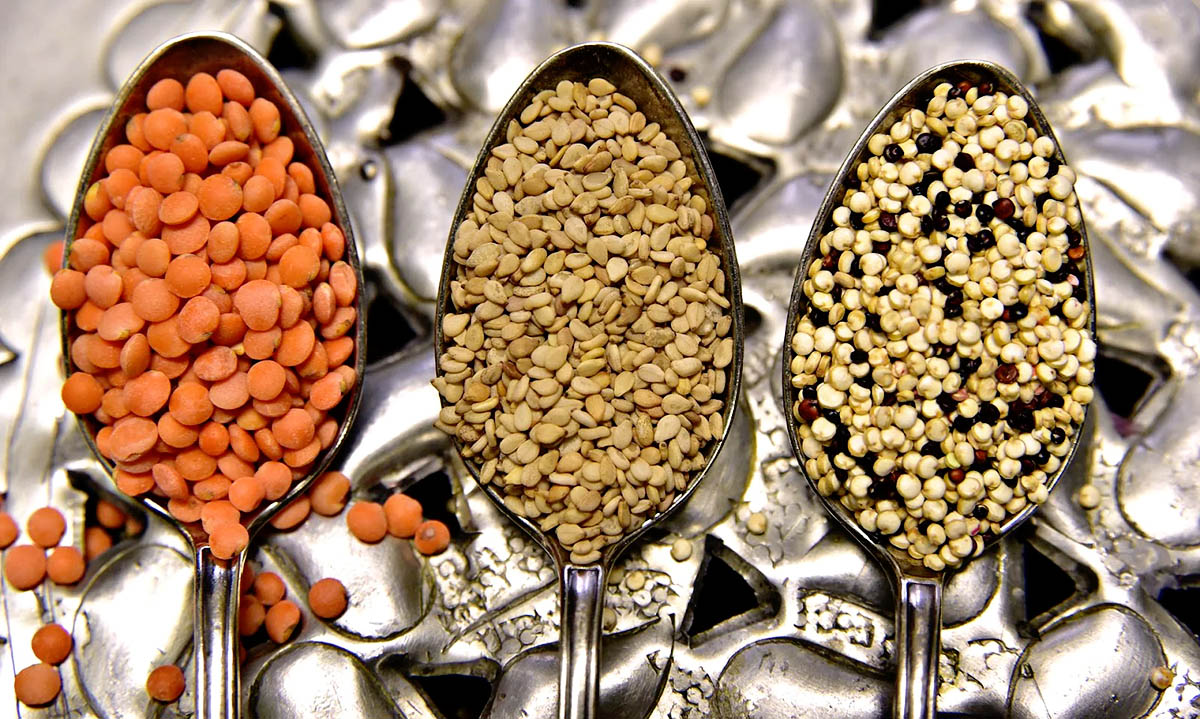

Garden Essentials
How To Tell GMO From Non-GMO Seeds
Modified: March 15, 2024
Learn how to differentiate between GMO and non-GMO seeds for your garden. Our comprehensive guide will help you make informed choices.
(Many of the links in this article redirect to a specific reviewed product. Your purchase of these products through affiliate links helps to generate commission for Storables.com, at no extra cost. Learn more)
Introduction
Welcome to the world of gardening, where the simple act of planting a seed can bring forth a beautiful and bountiful harvest. As gardeners, it is essential to understand the importance of choosing the right seeds for our gardens. With the rise of genetically modified organisms (GMOs) in the agricultural industry, it has become crucial to be able to differentiate between GMO and non-GMO seeds.
GMO seeds are those that have been genetically altered in a laboratory to exhibit specific traits, such as pest resistance or improved yield. On the other hand, non-GMO seeds are those that have been bred through traditional and natural methods, without any genetic modification.
Being able to distinguish between the two types of seeds is not only important for those striving to grow organic produce, but also for anyone concerned about the potential hazards associated with GMOs. In this article, we will explore the visual and physical characteristics that can help you identify GMO and non-GMO seeds, as well as some testing methods to ensure the seeds you choose are truly non-GMO.
By being knowledgeable about GMOs and non-GMOs, you can make informed choices for your garden and contribute to a healthier and more sustainable food system.
Key Takeaways:
- GMO seeds are genetically altered and may look perfect and uniform, while non-GMO seeds show natural variations in size, shape, and color. Look for certified non-GMO labels and support organic and heirloom seeds for a healthier garden.
- To ensure non-GMO seeds, research reputable suppliers, check for organic certifications, and consider testing methods like Elisa-based kits. Embrace the diversity of non-GMO seeds for a sustainable and flourishing garden.
Read more: Who Produced GMO Seeds
The Difference Between GMO and Non-GMO Seeds
Before we delve into the visual and physical characteristics that can help you differentiate between GMO and non-GMO seeds, it is important to understand the fundamental distinctions between the two.
GMO seeds are created through genetic engineering, a process where DNA is manipulated to introduce or remove specific traits. This can involve splicing genes from one species into another, creating entirely new genetic combinations that do not occur naturally.
These genetic modifications are typically done to confer desirable traits, such as resistance to pests, diseases, or herbicides. However, they can also lead to unintended consequences, like the emergence of superweeds or the loss of biodiversity.
On the other hand, non-GMO seeds are cultivated through traditional breeding methods, such as cross-pollination or selection of plants with desired traits. These seeds have not undergone any genetic manipulation in a laboratory.
While GMO seeds come with their fair share of controversy and concerns, non-GMO seeds offer a more natural and traditional approach to gardening. They allow for the preservation of genetic diversity and can support organic gardening practices.
Understanding the difference between GMO and non-GMO seeds is vital for those who prioritize sustainable agriculture, organic food production, and biodiversity conservation.
Now that we have explored the basics, let’s dive into the visual and physical characteristics that can assist you in identifying GMO and non-GMO seeds.
Visual and Physical Characteristics of GMO Seeds
GMO seeds can often be visually distinguished from non-GMO seeds by several key characteristics:
- Uniformity of Size and Shape: GMO seeds tend to have a high degree of uniformity in terms of their size and shape. This is because they are produced in controlled environments and undergo strict quality control measures.
- Unusual Colors: Some GMO seeds may display colors that are not commonly found in their non-GMO counterparts. These vibrant or fluorescent hues are a result of the genetic modifications.
- Lack of Imperfections: GMO seeds are often flawless in appearance, showing no signs of blemishes, marks, or insect damage.
- Resistance to Pests and Diseases: One of the main reasons for genetically modifying seeds is to enhance their resistance to pests and diseases. If you notice that a particular seed variety claims to be highly resistant without any specific breeding history, it is likely a GMO seed.
- Labeling: In some cases, seed packets or labels may explicitly state that the seeds are genetically modified. Pay close attention to any provided information or certifications when purchasing seeds.
It is essential to note that while these visual and physical characteristics can sometimes help in identifying GMO seeds, they are not foolproof. Some GMO seeds may exhibit similar characteristics to non-GMO seeds, making it challenging to differentiate them with certainty.
If you remain uncertain about the GMO status of a seed, it is advisable to consult with reputable seed suppliers or do further testing to ensure accurate identification.
Now that we have examined the characteristics of GMO seeds, let’s shift our focus to the visual and physical traits of non-GMO seeds.
Visual and Physical Characteristics of Non-GMO Seeds
Non-GMO seeds, being the result of natural breeding methods, often exhibit distinct visual and physical characteristics that set them apart from GMO seeds:
- Size and Shape Variation: Non-GMO seeds tend to show more variation in size and shape compared to GMO seeds. This is because they are the product of natural cross-pollination and genetic diversity.
- Varied Colors: Non-GMO seeds come in a wide range of colors, reflecting the genetic diversity within the plant species. You may notice seeds in various shades of brown, tan, black, or even speckled patterns.
- Natural Imperfections: Unlike GMO seeds, non-GMO seeds may exhibit imperfections such as blemishes, cracks, or insect damage. These natural marks are a result of the seeds’ exposure to the elements and insects during their growth and maturation.
- Adaptability to Local Environment: Non-GMO seeds are often well-adapted to specific local climates and growing conditions. They may have been cultivated over generations, which can increase their resilience and chances of success in your garden.
- Heritage or Heirloom Status: Non-GMO seeds with heritage or heirloom status have a rich history and lineage. They have been passed down through generations, preserving unique traits and flavors that may be lost in commercial GMO varieties.
These visual and physical characteristics contribute to the overall diversity and beauty of non-GMO seeds. Embracing this diversity not only supports natural and sustainable gardening practices but also promotes genetic preservation and the availability of unique and traditional plant varieties.
Now that we have explored the visual and physical traits of both GMO and non-GMO seeds, let’s move on to some practical tips to help you identify and select non-GMO seeds for your garden.
Look for the Non-GMO Project Verified seal on seed packaging, or buy from companies that are committed to selling non-GMO seeds.
Tips for Identifying GMO Seeds
Identifying GMO seeds can be a challenge, as they are often not labeled and may closely resemble non-GMO seeds. However, there are a few tips you can follow to help you make more informed choices:
- Research Seed Suppliers: Look for reputable seed suppliers who prioritize non-GMO seeds. They may have a specific selection of seeds labeled as “non-GMO” or “organic.” Doing thorough research on suppliers can significantly increase your chances of obtaining non-GMO seeds.
- Check for GMO Traits: Some seed companies voluntarily identify which of their seeds are genetically modified. Look for indications on the seed packet or product description that state the seeds are GMO-free. Alternatively, they may only offer non-GMO or organic seed varieties.
- Look for Organic Certification: Products certified as organic are required to meet certain standards, including the exclusion of GMOs. If a seed packet is labeled as “certified organic,” it is most likely non-GMO.
- Consult Local Gardening Communities: Connect with local gardening groups or organizations that focus on sustainable and organic gardening. They can provide valuable insights and recommendations on reliable sources for non-GMO seeds.
- Support Heirloom or Heritage Seed Banks: Seed banks specializing in heirloom or heritage seeds often prioritize genetic diversity and the preservation of traditional non-GMO varieties. By supporting these seed banks, you can access a wide selection of non-GMO seeds.
Remember that these tips can assist you in identifying and obtaining non-GMO seeds, but they are not foolproof. Due to the lack of mandatory labeling, it is always a good idea to exercise caution and go the extra mile to ensure seed purity.
Next, let’s explore some helpful tips for identifying and selecting non-GMO seeds for your garden.
Read more: What Are GMO Seeds
Tips for Identifying Non-GMO Seeds
When it comes to selecting non-GMO seeds for your garden, there are several tips to keep in mind:
- Look for Certified Non-GMO Labels: Some seed packets may display a “Non-GMO Project Verified” label. This certification ensures that the seeds have undergone rigorous testing and are free from genetic modifications.
- Choose Organically Grown Seeds: Seeds that are labeled as organic are required to be non-GMO. Look for organic certifications, such as the USDA Organic seal, to ensure the seeds have been cultivated without the use of genetically modified organisms.
- Consider Heirloom or Open-Pollinated Seeds: Heirloom or open-pollinated seeds are non-GMO by nature. These seeds have been passed down through generations, preserving unique traits and genetic diversity.
- Research Seed Companies: Look for seed companies that prioritize offering non-GMO seeds. They may have a clear policy on GMO-free seeds or provide specific non-GMO varieties in their catalog.
- Support Local Seed Exchanges or Seed Libraries: Participating in local seed exchanges or utilizing seed libraries is a great way to access non-GMO seeds that have been grown and saved by local gardeners. These seeds are often well-adapted to the local climate and have a higher chance of being non-GMO.
- Choose Non-Hybrid Seeds: Non-hybrid, also known as open-pollinated, seeds have not been crossed with another variety to create hybrids. These seeds are more likely to be non-GMO.
By following these tips, you can increase your chances of selecting non-GMO seeds for your garden. Remember, it is always important to read labels, do thorough research, and support reputable seed suppliers that prioritize non-GMO varieties.
Now that we have covered tips for identifying and selecting non-GMO seeds, let’s move on to exploring testing methods that can provide further assurance.
Testing Methods for GMO Seeds
If you want to go the extra mile in ensuring that the seeds you have are non-GMO, there are a few testing methods you can consider:
- Laboratory Testing: There are specialized laboratories that can perform GMO testing on seeds. This involves extracting and analyzing the DNA of the seed to detect any genetic modifications. While this method is highly accurate, it can be costly and time-consuming.
- Elisa-Based Testing Kits: Elisa-based testing kits are commercially available and provide a more accessible and affordable way to test for GMOs. These kits use antibodies to detect specific gene sequences commonly found in genetically modified organisms.
- Genetic Analysis using PCR: Polymerase Chain Reaction (PCR) is a technique used to amplify and analyze specific DNA sequences. This method can be used to determine the presence of genetically modified genes in seeds.
- Consulting with Seed Testing Facilities: Seed testing facilities specialize in analyzing the quality and purity of seeds. They may offer GMO testing services or have resources to guide you in finding reputable GMO testing laboratories.
It’s important to note that these testing methods may require specialized knowledge and equipment. If you are unsure about performing the tests yourself, it is recommended to consult professionals or testing facilities with expertise in GMO detection.
By utilizing testing methods, you can gain a higher level of confidence in the GMO status of your seeds and ensure that your garden adheres to your desired standards.
Now that we have explored testing methods, let’s conclude our discussion on identifying GMO and non-GMO seeds.
Conclusion
As gardeners, it is important to be aware of the difference between GMO and non-GMO seeds. The rise of genetically modified organisms in the agricultural industry has led to concerns about their potential impacts on human health and the environment.
While visually identifying GMO seeds can be challenging, there are some characteristics that can provide clues. GMO seeds often display uniformity in size and shape, unusual colors, and a lack of imperfections. However, these visual cues are not always definitive, and it is essential to do further research and consult reputable seed suppliers.
On the other hand, non-GMO seeds exhibit variation in size and shape, natural imperfections, and a wide range of colors. They are typically obtained from organic and heirloom sources, as well as seed banks that prioritize genetic diversity and preservation.
To ensure the seeds you choose are non-GMO, you can follow tips such as seeking certified non-GMO labels, choosing organic or heirloom seeds, and supporting reputable seed companies with a focus on non-GMO varieties. Additionally, testing methods, such as laboratory testing and commercial testing kits, can provide further assurance.
By being informed and selective in your seed choices, you can contribute to a healthier and more sustainable food system. Whether you prioritize organic gardening, biodiversity conservation, or simply want to avoid GMOs, understanding the characteristics and identification methods of GMO and non-GMO seeds is crucial.
Remember, in the world of gardening, the power lies in your hands as you sow the seeds of change and cultivate a flourishing, non-GMO garden for the future.
Frequently Asked Questions about How To Tell GMO From Non-GMO Seeds
Was this page helpful?
At Storables.com, we guarantee accurate and reliable information. Our content, validated by Expert Board Contributors, is crafted following stringent Editorial Policies. We're committed to providing you with well-researched, expert-backed insights for all your informational needs.
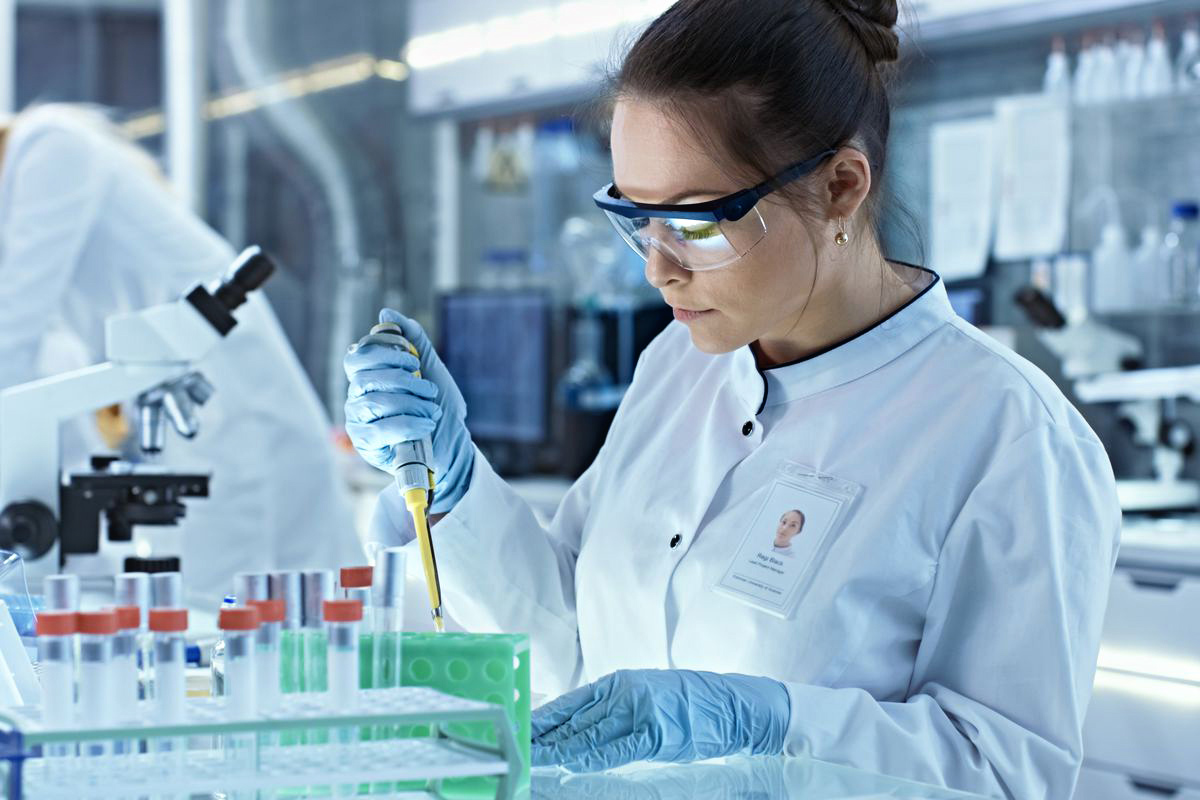
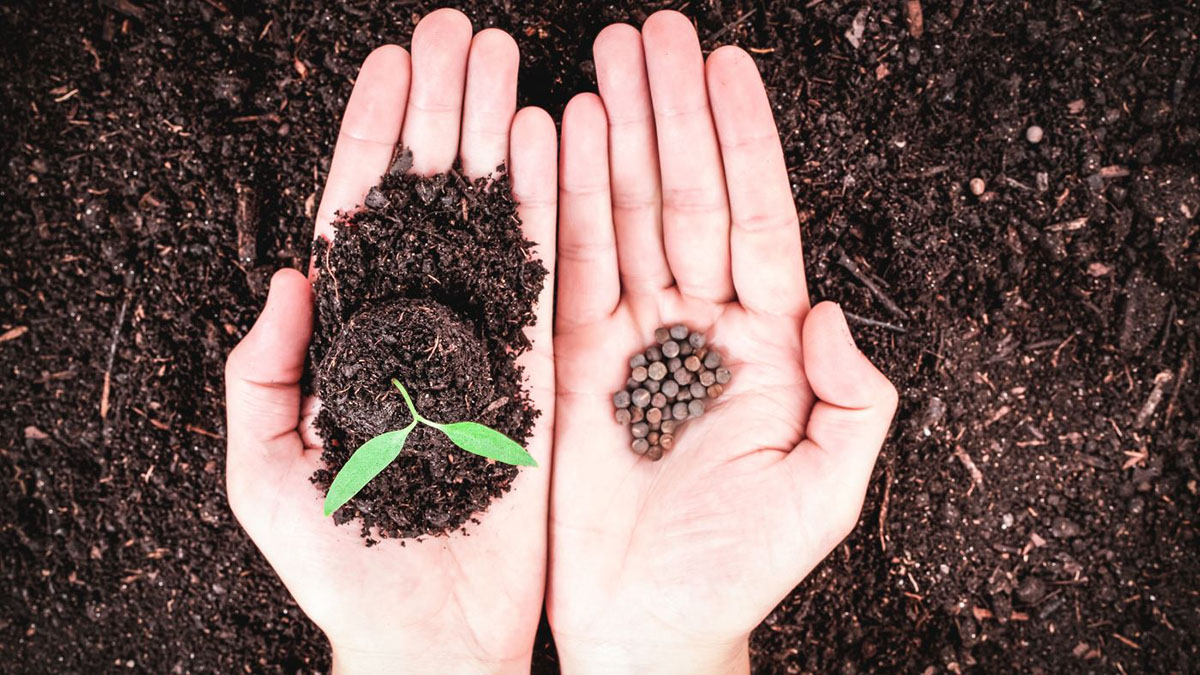
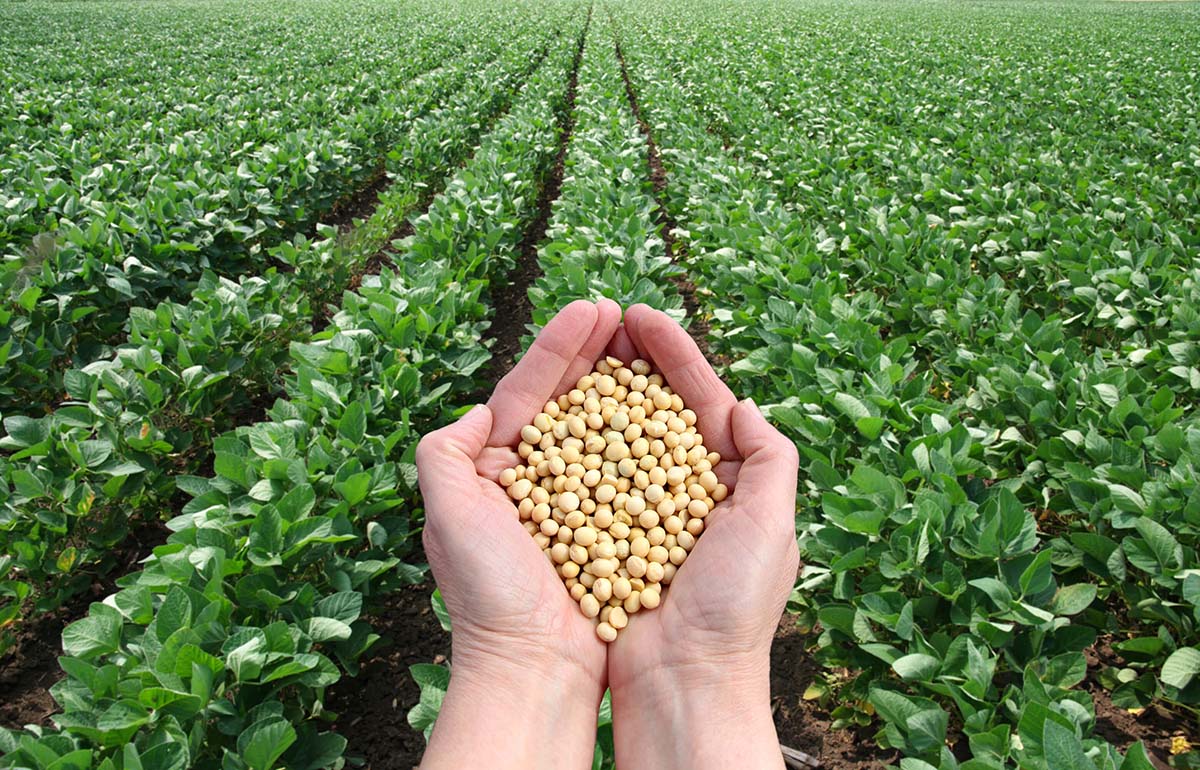
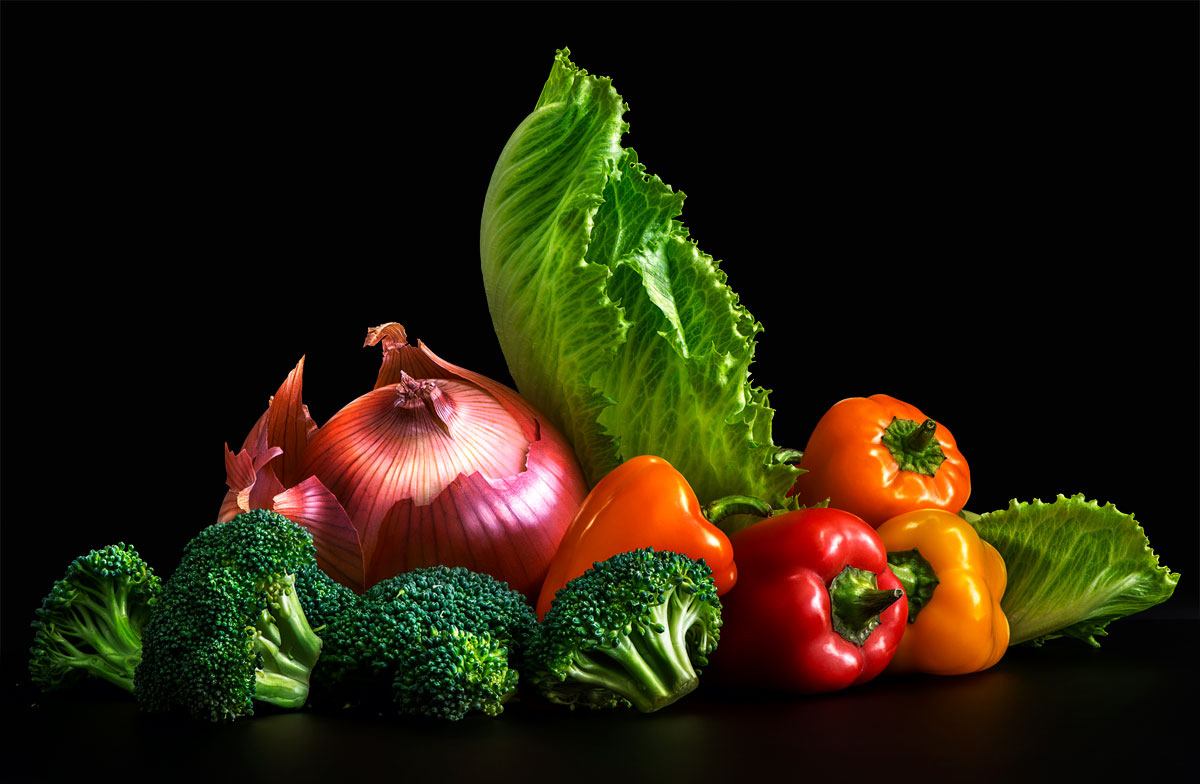
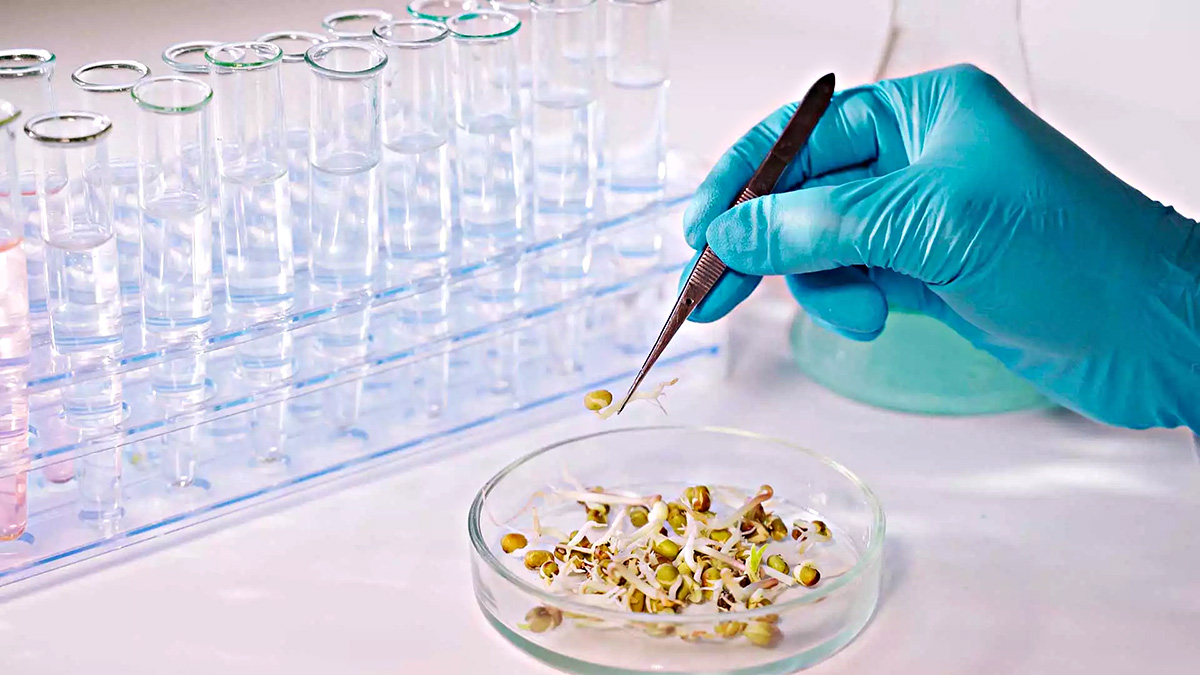
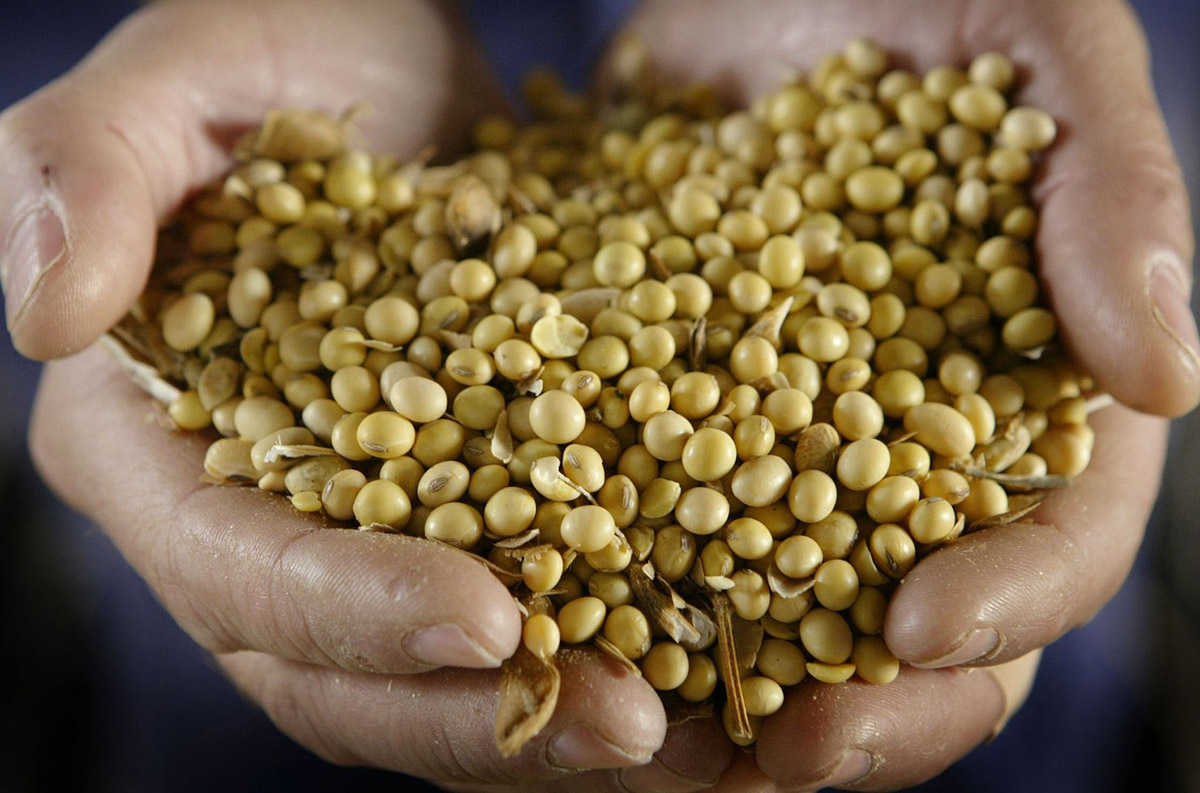
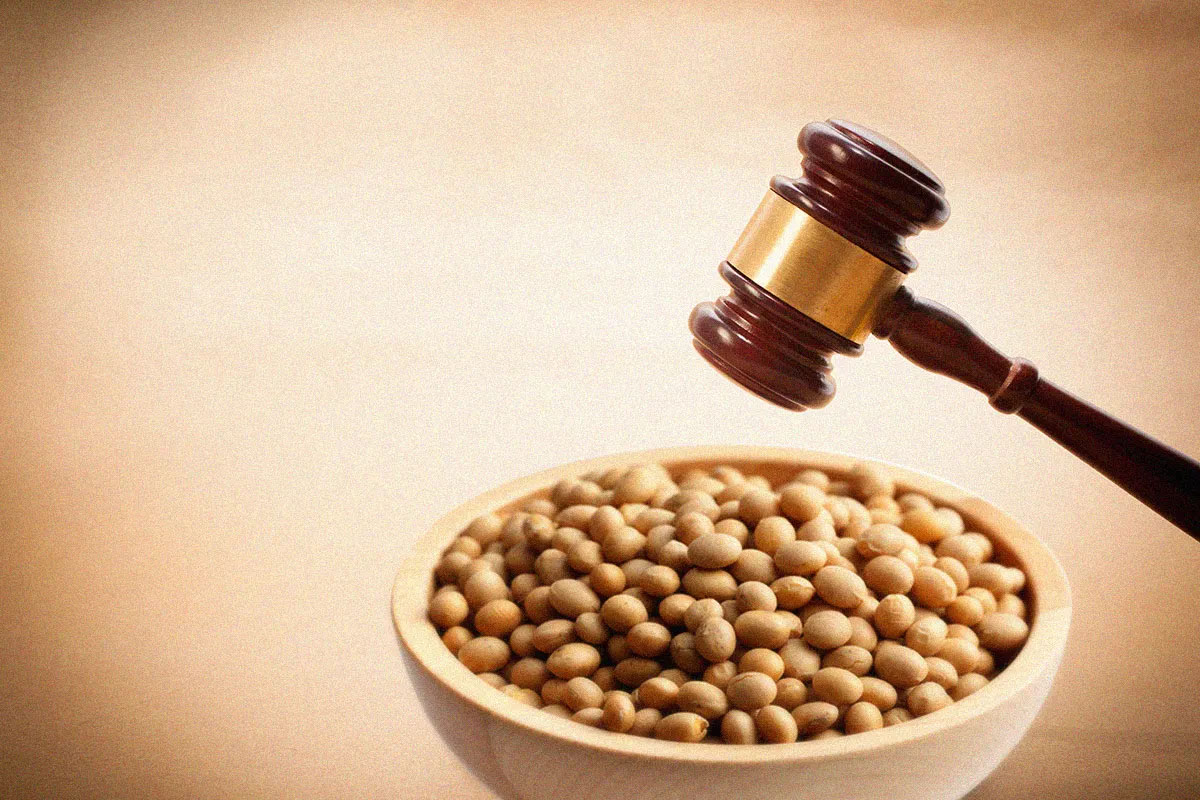
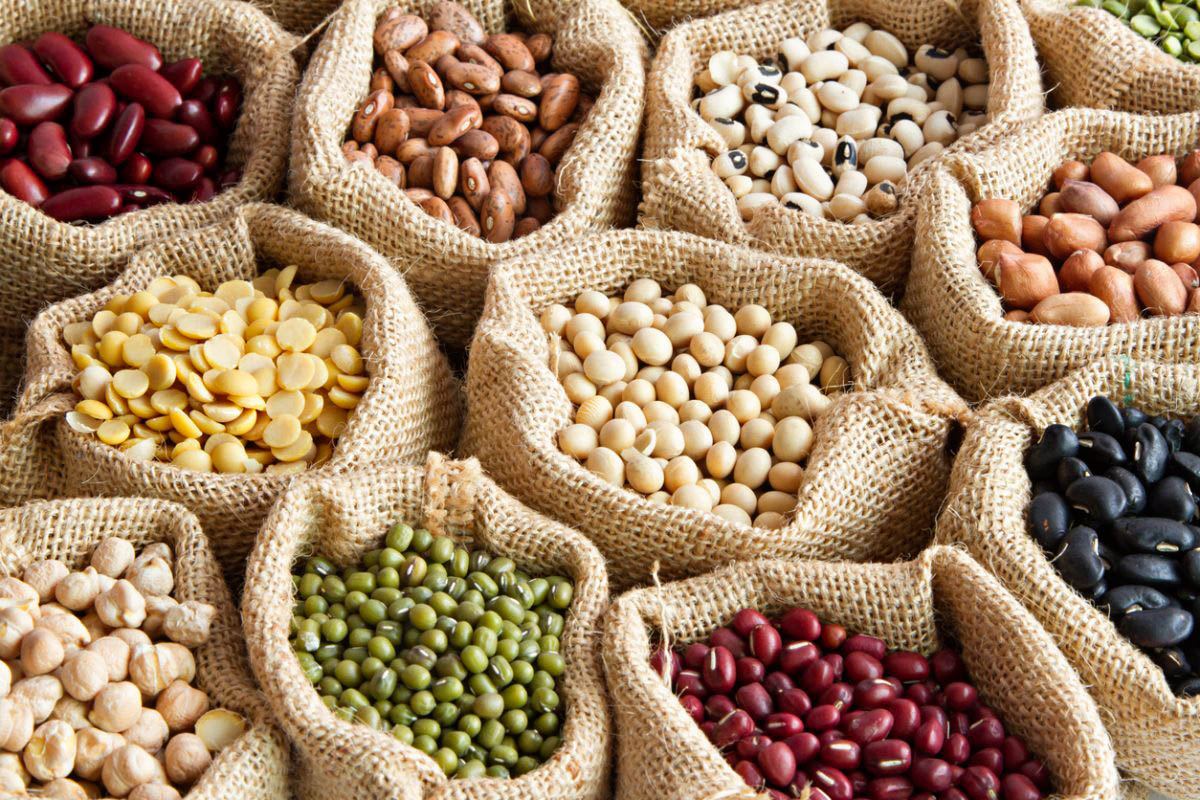

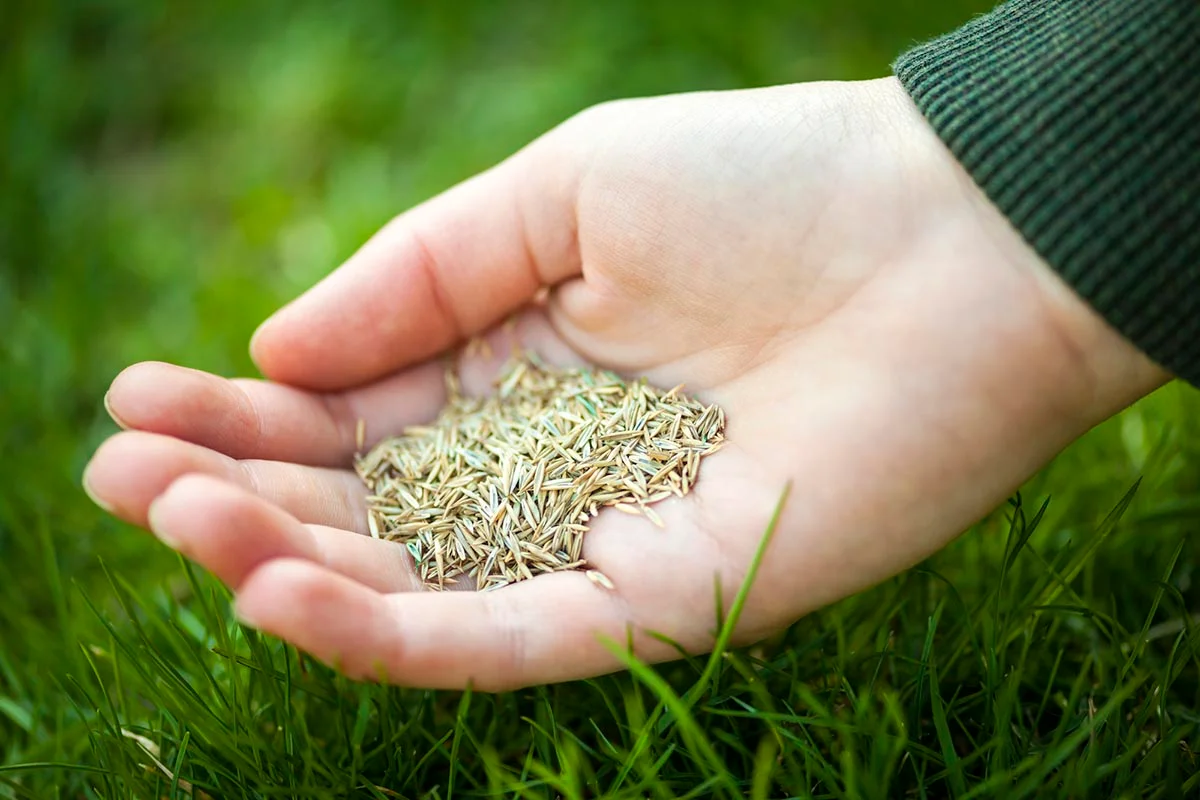
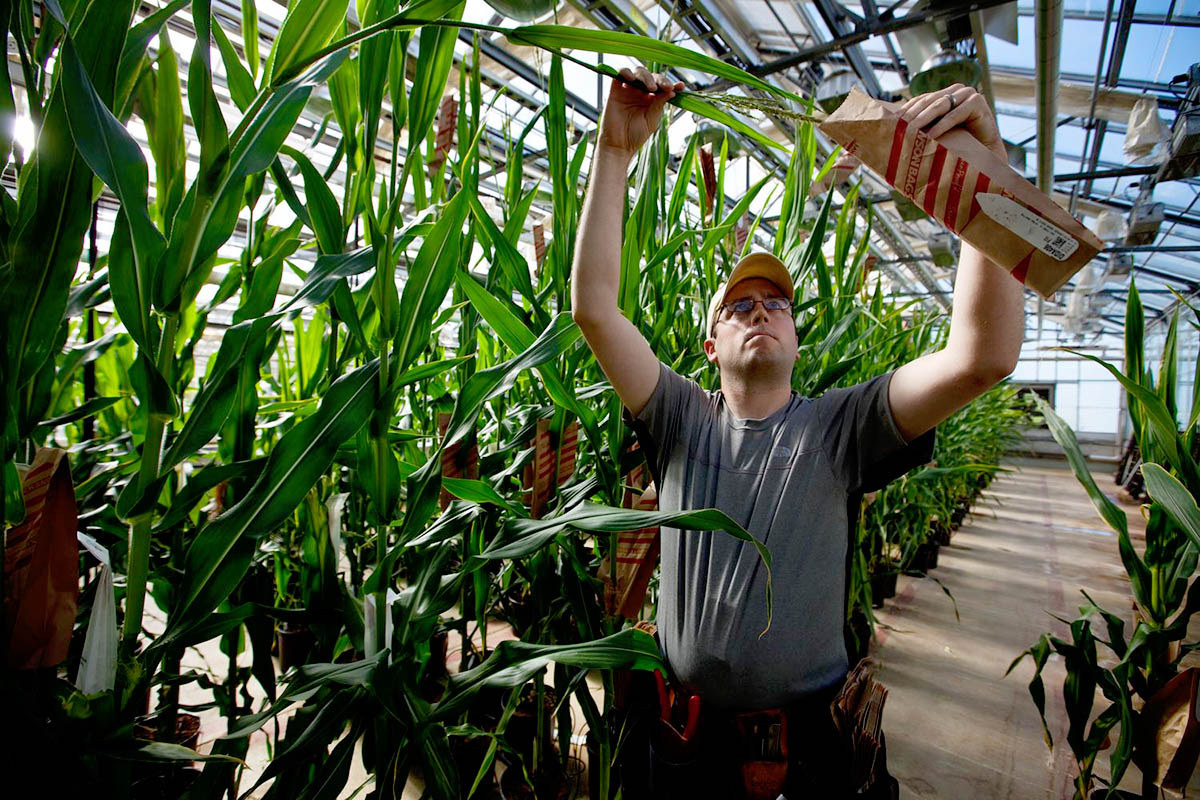
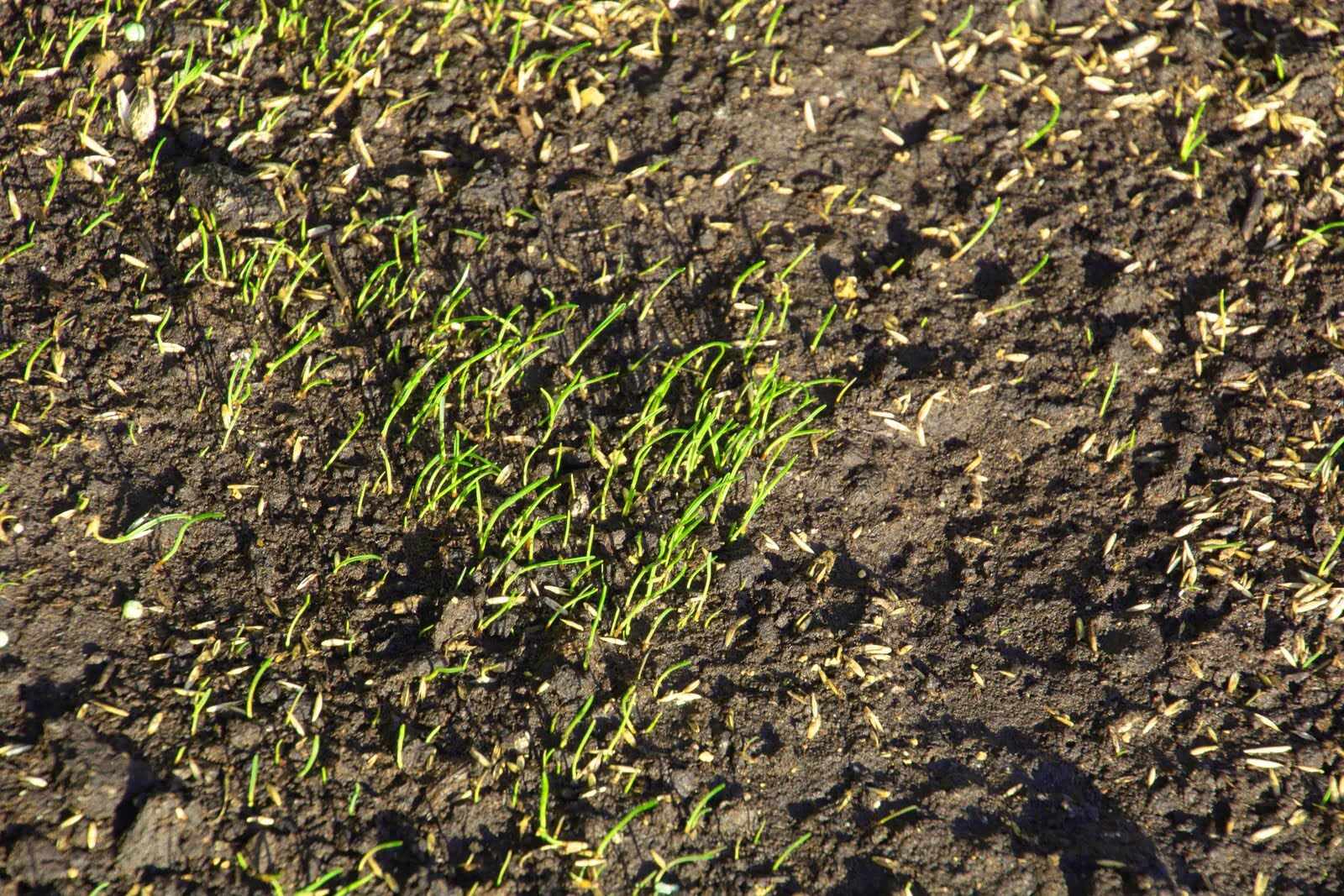
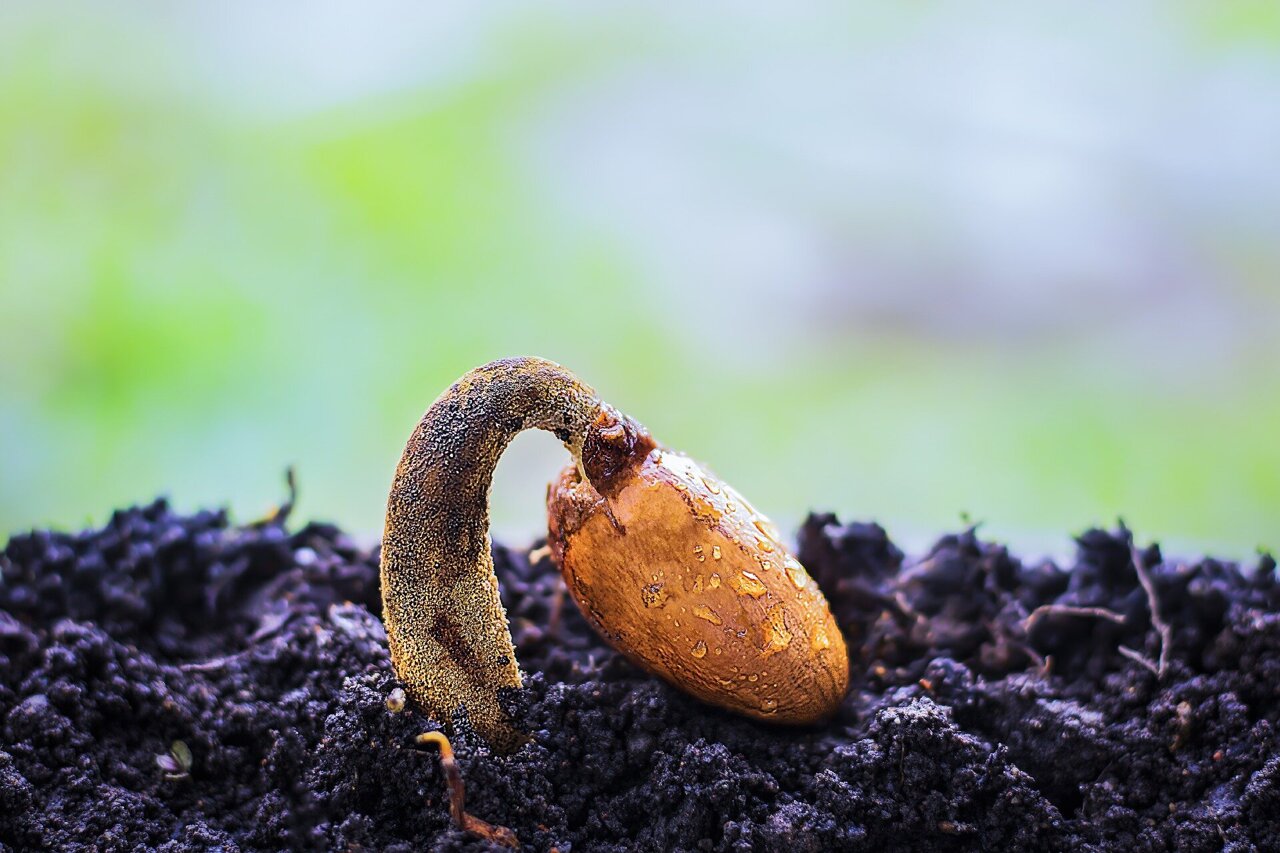
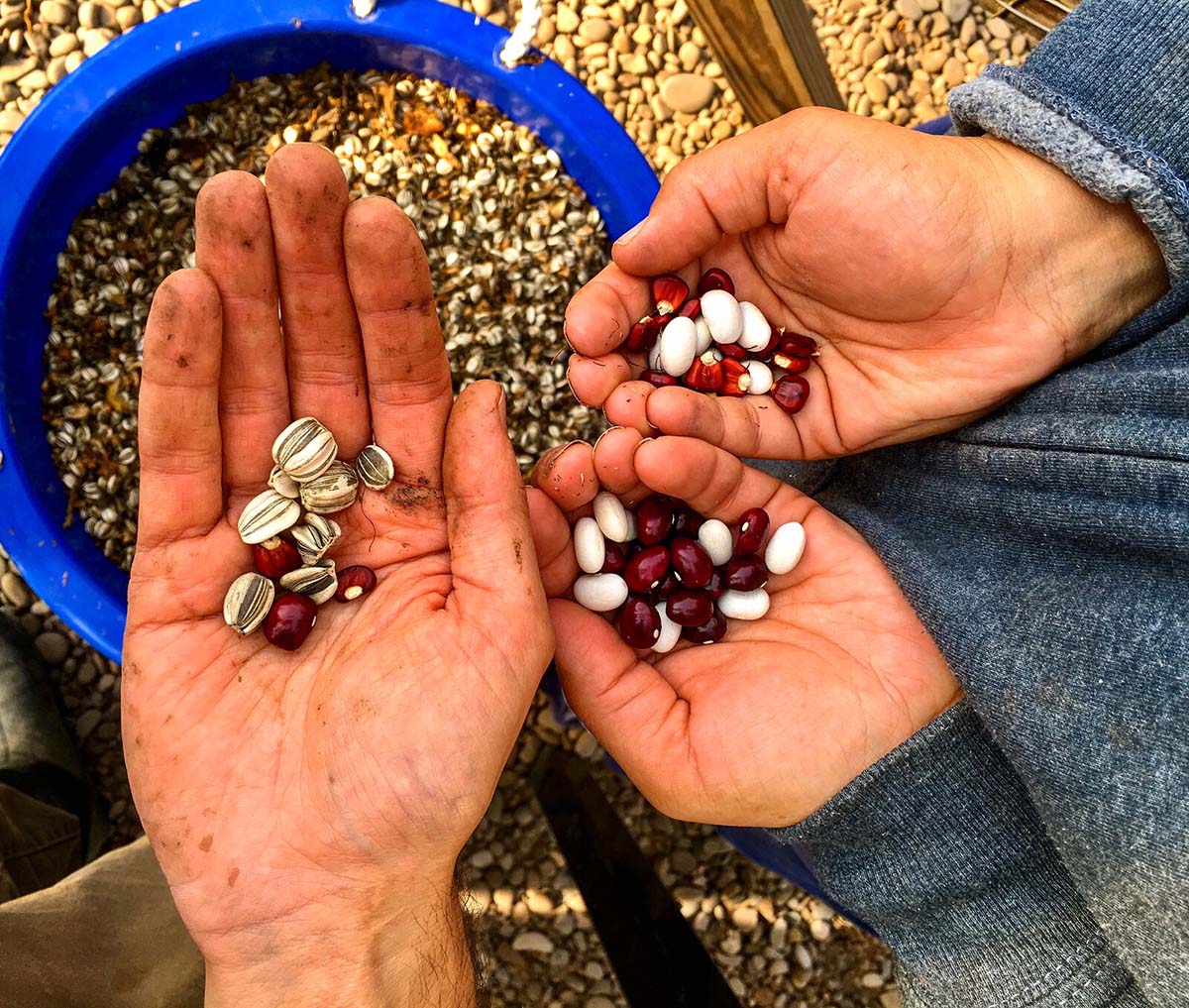

0 thoughts on “How To Tell GMO From Non-GMO Seeds”